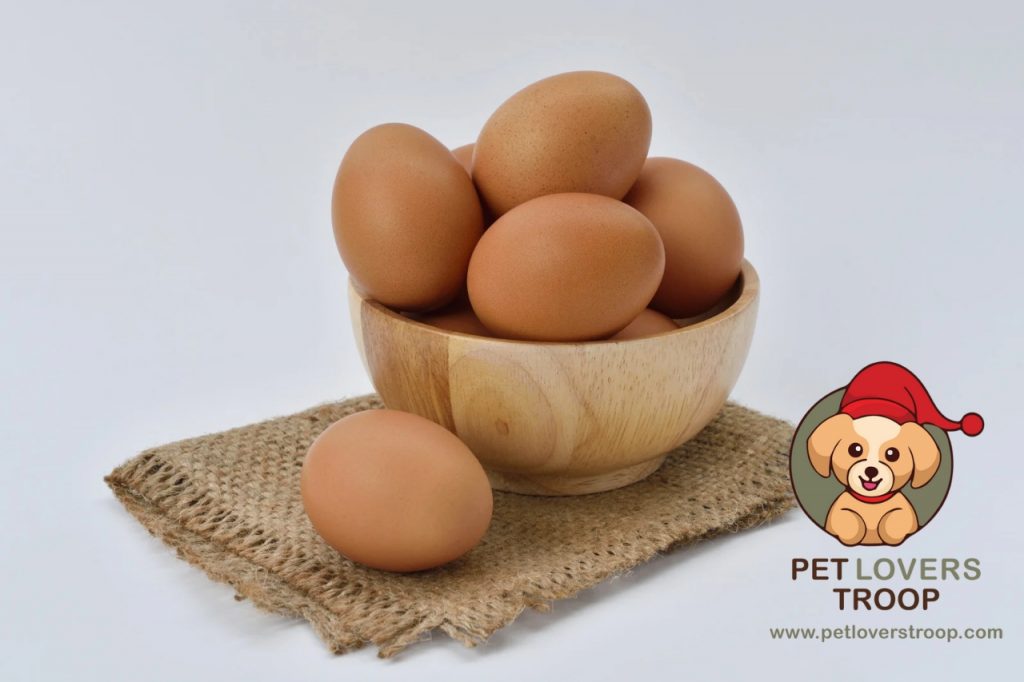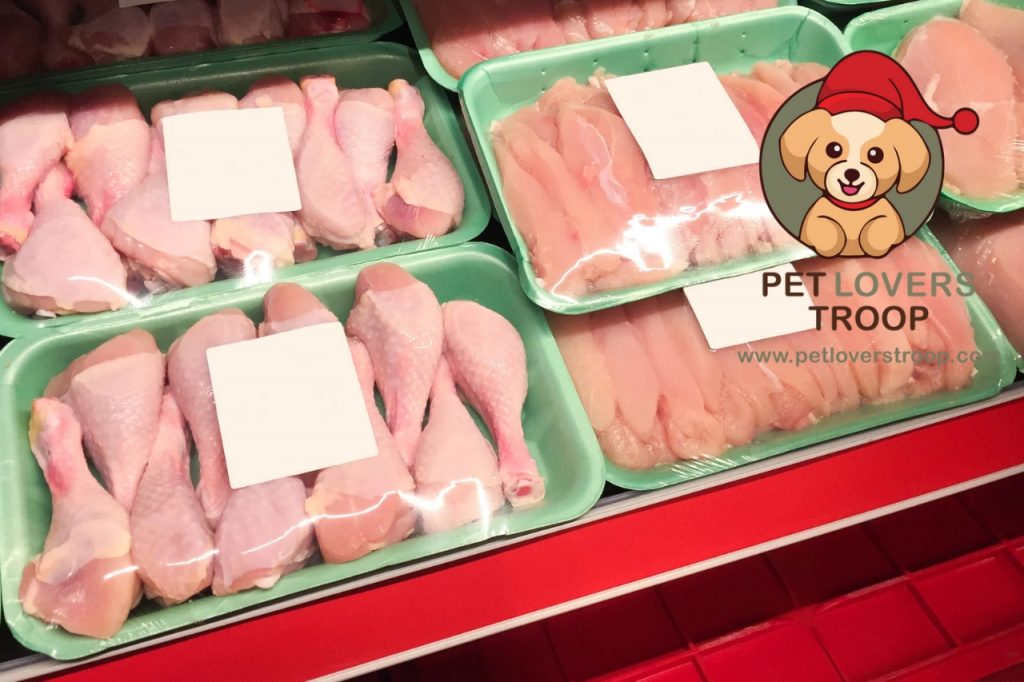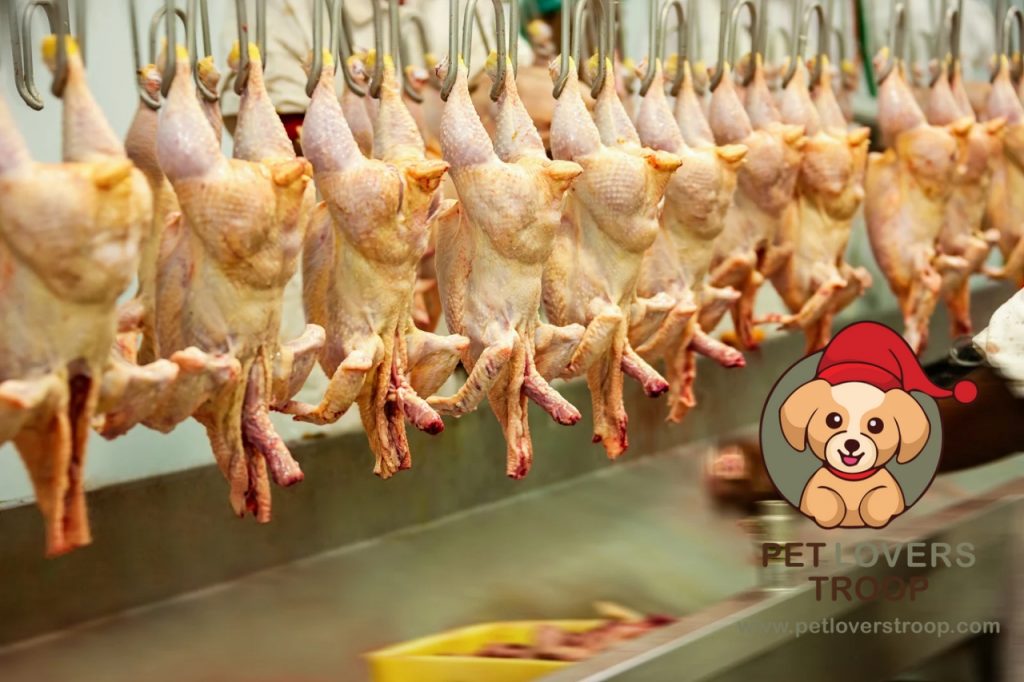What are chicken product recalls? Maria had been looking forward all week to taste a new lemon-garlic chicken recipe she discovered on the internet. It guaranteed tender, moist meat with just the right kick. So, she set off to the supermarket and picked up a package of chicken thighs at sale price, thinking she’d scored a bargain.
That night, she prepared a rich and aromatic dinner for her family. Everybody liked it and appreciated her cooking. The next morning, everything changed for the worse. Her husband awoke feeling sick to his stomach. Her little daughter began vomiting.
By evening, both were taken to the emergency room. Salmonella poisoning traced back to the chicken Maria had prepared which was included in a chicken product recall she had not caught.
Learn more about: Essential Guide to Duck Feed: Meeting Your Flock’s Nutritional Needs- July 2025
The fact is Maria’s ordeal is not an isolated incident. Such things happen more often than you would realize. Which is why it’s so important to stay in the know regarding and navigating chicken product recalls.
Let’s read this article and see how we can avoid causing damage to our kitchens and our families.

What Are Chicken Product Recalls?
Chicken product recalls are official notices issued when chicken has been discovered to be unsafe. It may be contaminated or mislabeled. Even for foreign materials such as plastic, they can be a major cause for contamination.
Government organizations such as the USDA’s Food Safety and Inspection Service (FSIS) carry out such recalls in order to remove the tainted products from supermarket shelves before they have any chance to harm consumers.
Check out: How Often Should You Feed Your Dog? Setting the Right Dog Feeding Schedule – June 2025
The problem being that spoiled chicken tends to appear, smell, and taste exactly like regular chicken. So unless you’re closely monitoring recall announcements, you may never be aware anything is amiss until you are too late.
Salmonella Contamination in Poultry: What You Need to Know
The most prevalent chicken product recall cause is probably salmonella, which is a bacteria that causes disease and is nearly as stealthy as it is deadly.
You don’t even notice any difference in the chicken’s appearance or smell, so you can cook what appears and tastes like perfectly normal food and wind up ill afterwards.
Read more: Fresh Foods Manufacturing Co. Recalls Chicken Products due to Possible Listeria Contamination
Real-World Data That’s Hard to Ignore
As per FSIS, salmonella caused 23% of all the poultry recalls of 2023. It is almost one out of every four chicken product recalls. It shows just how prevalent and underreported the problem really is.
Symptoms of Salmonella Infection
If you or your family consumes contaminated chicken, symptoms can start within 6 to 72 hours. Watch for:
- High fever (over 101°F)
- Diarrhea or bloody stools
- Severe abdominal cramps
- Nausea and vomiting
Most of the time, healthy people recover without medical treatment. But, those with compromised immune systems may need hospitalization or antibiotic therapy.
Read more: Equine Infectious Anemia in Horses: Recognizing and Preventing – June 2025
Recent Food Safety Alerts You Might Have Missed
You’d think that when tens of thousands of pounds of chicken get recalled, it would be headline news. Not always.
In April 2025, over 58,000 pounds of breaded chicken strips were recalled due to potential contamination with metal fragments. Despite the scale, the story barely made a dent in media coverage.
This is exactly why taking matters into your own hands is essential. Sign up for USDA recall alerts. Follow FSIS and FDA updates. Even just checking their websites once a week can make a huge difference in keeping your kitchen safe.
Read more: Fleas and Ticks in Pets: How to Prevent and Treat Infestations – June 2025
How to Handle Recalled Food Products at Home
If you realize that your chicken is part of a recall, don’t shrug it off or assume cooking will make it safe. This isn’t the time for “better not to waste it” thinking your health is far more valuable.
Taking quick action can protect you and your family from serious illness.
Stop Cooking Immediately
If that chicken is sizzling on the stove or marinating in your fridge, stop. Right now. Cooking won’t fix the issue if the problem is physical contamination (metal/plastic) or if the bacterial toxins have already spread.
Label and Isolate
Put the chicken in a secure leak-proof bag. Keep it safely stored in your freezer or fridge until you can get back or have it disposed of properly.
Learn more about: Bird Lifespan: How to Care for a Long-Term Feathered Friend
Return or Safely Discard
Most stores will accept returned recalled items even without a receipt. If not, dispose of the chicken in a double-bagged container, far away from pets or children.
Monitor Your Health
Already cooked and served the chicken before learning about the recall? Watch for symptoms in everyone who ate it. Seek medical attention and let your doctor know you consumed a recalled food item.
Act quickly to protect your loved ones and prevent any health risks. Staying informed and cautious makes all the difference.
Preventing Foodborne Illnesses from Chicken
Chicken is a household favorite. It’s also one of the reasons behind foodborne illnesses. Keep your food safe by following strict hygiene from store to kitchen. Even one careless mistake with raw chicken can lead to serious health risks.
Smart Shopping Habits
Always make poultry your last stop while shopping to keep it cold longer. Use a separate plastic bag and avoid buying packages that look bloated, torn, or leaky.
Check out: Are Pigeons Good Pets?
Safe Storage and Thawing
Store chicken at or below 40°F (4°C). Freeze within two days if not cooked immediately. Never thaw it on the counter. Always defrost chicken in the fridge.

Clean Kitchen Habits
Use separate cutting boards for raw chicken and wash hands, knives, and surfaces with hot, soapy water. These little hygiene practices drastically lower your risk.
Signs of Spoiled Poultry Products
Just because your chicken isn’t part of a chicken product recall doesn’t automatically make it safe to eat. Spoiled poultry can still pose serious health risks even if it’s technically “in date.” Here’s how to spot spoilage before it reaches your skillet.
Learn more about: Eclipse Safety for Cats: How to Keep Your Furry Friends Safe
Smell
If the chicken gives off a sour and sulfur-like odor then do not use it. Trust your nose.
Touch
Sticky, slimy, or tacky textures are signs of bacterial growth. If it feels “off,” it probably is.
Color
Fresh chicken is pale pink. Avoid anything that’s gray, greenish, or iridescent. Those are major warning signs.
Use-By Dates
Always respect expiration dates. They’re not just suggestions. If you’re cutting it close, cook or freeze the chicken that same day.
Read more: The Black Bird Blues: The Pros and Cons of Owning a Raven as a Pet
Proper Cooking Temperatures for Chicken
Color or texture has nothing to do with the cooking of chicken. It’s about hitting the right internal temperature to kill harmful bacteria. Proper internal temperature is the only surefire way to ensure your chicken is safe.
Use a Thermometer Every Time
A food thermometer is your best friend. Looks can be deceiving. That crispy golden skin might still hide undercooked meat.
The USDA recommends an internal temperature of 165°F (74°C) for all chicken products. That’s the magic number.
Check out: Essential Guide to Duck Feed: Meeting Your Flock’s Nutritional Needs- July 2025
Where to Measure
Stick the thermometer into the thickest part of the meat away from the bone. That gives the most accurate reading.
Don’t Reheat Contaminated Chicken
Reheating doesn’t remove bacteria or toxins from contaminated chicken. If the chicken was undercooked or recalled, leave it.
Read more: Bird Nutrition Basics: What to Feed your Pet Bird for a Balanced Diet
Reporting Food Safety Concerns
If your chicken smells weird, looks wrong, or causes symptoms after consumption, speak up. Reporting issues helps keep others safe.
How to Report
Report issues online through the USDA’s reporting portal. You can also inform your local health department or grocery store.

Why It Matters
Your report can help trigger new chicken product recalls, prevent outbreaks, and save lives. You’re protecting your entire community by doing it.
Read more: Fleas and Ticks in Pets: How to Prevent and Treat Infestations – June 2025
Real-Life Case of Chicken Nuggets in a School Lunch
A school in Michigan served contaminated chicken nuggets to hundreds of students. Over 30 children were struck with severe illness. The crisis soon turned into a health crisis and flooding local healthcare facilities.
The contaminated nuggets were part of a chicken product recall initiated weeks before, but the school never received the notification. A single missed notification allowed unsafe food to be served to vulnerable children, highlighting serious communication gaps. This failure exposed how easily recalled products can slip through the cracks.
This incident serves as a critical warning: staying up to date with chicken product recalls is essential, especially when feeding others. Whether at home or in institutions, double-checking food safety can prevent outbreaks and protect lives. Vigilance with recalls can make all the difference.
Read more: https://www.ciwf.org.uk/media/5493194/GAP-Broiler-Chicken-Case-Studies-combined.pdf
Conclusion
Chicken food recalls are not red tape. They affect your dinner plate, your health, and your family’s safety directly. These notices are not merely for retailers or suppliers, they’re important for anyone who handles or consumes chicken in the home.
Knowing salmonella hazards, recognizing off chicken, and cooking chicken thoroughly are essential to remaining safe. A bit of knowledge makes a huge difference in avoiding serious illness from tainted meat.
So, remain vigilant and informed. Check recall notices, examine your chicken closely, and cook defensively. In the kitchen, safety equals taste.

